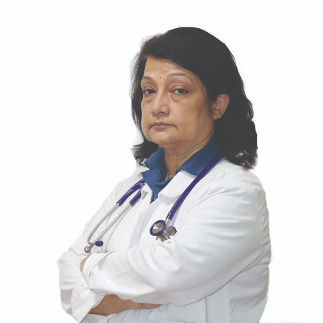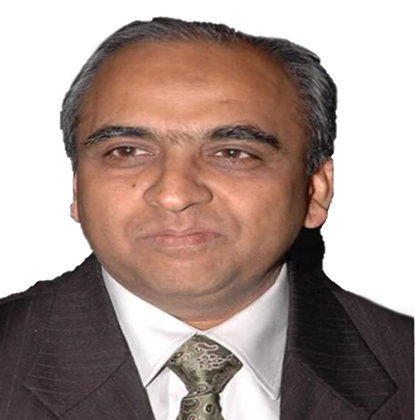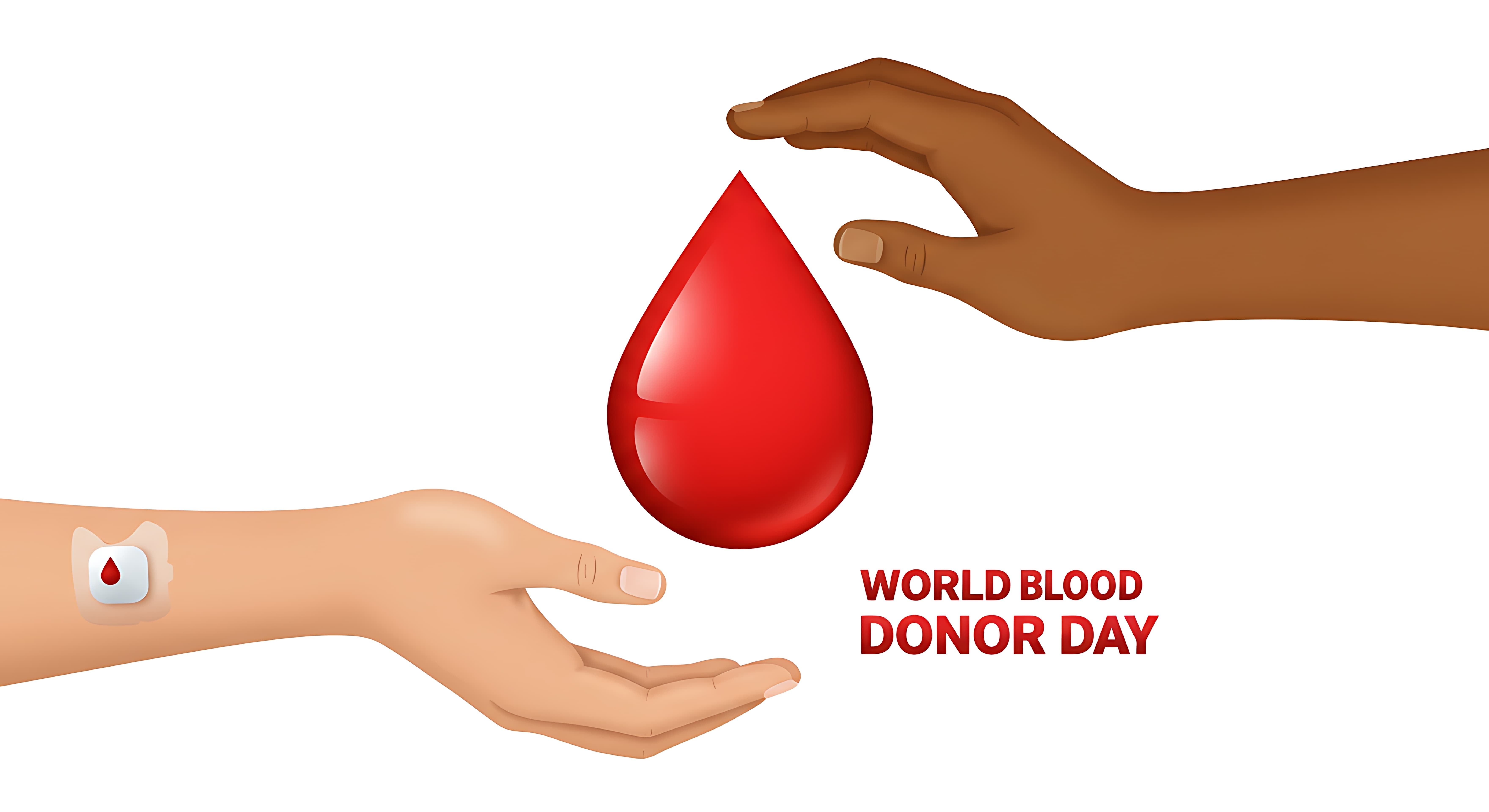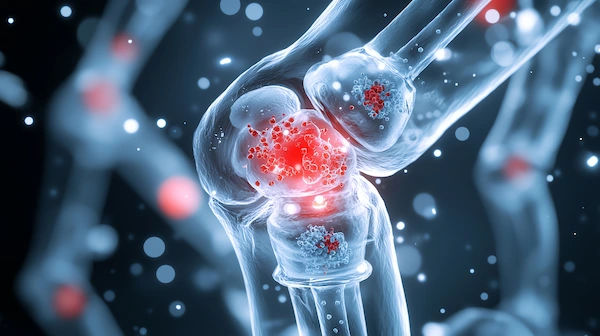Yoga for Heart Health: Poses to Embrace and Avoid
Discover yoga poses that support heart health and learn which ones to avoid for safety. Find the right balance to improve well-being and protect your heart.

Written by Dr. Dhankecha Mayank Dineshbhai
Reviewed by Dr. D Bhanu Prakash MBBS, AFIH, Advanced certificate in critical care medicine, Fellowship in critical care medicine
Last updated on 8th Sep, 2025

Introduction
Living with heart disease means making mindful choices every day, especially about physical activity. Yoga, renowned for its stress-relieving and restorative benefits, can be a wonderful part of a heart-healthy lifestyle. However, not all yoga is created equal. While certain practices can lower blood pressure and improve circulation, others can place dangerous strain on your cardiovascular system. This guide is designed to help you navigate your practice safely. We will detail the specific asanas to avoid if suffering from heart disease, explain the physiological reasons behind these recommendations, and offer a list of safer, therapeutic alternatives. Always remember, this information is a guide; the final word on your practice should come from your healthcare provider.
Understanding Your Heart and Physical Exertion
For those managing heart disease, exercise is a double-edged sword. The right kind strengthens the heart muscle, improves blood flow, and helps manage weight and stress, all crucial factors for cardiovascular health. However, the wrong kind of exertion can spike blood pressure, strain the heart, and trigger adverse events. Yoga, often perceived as universally gentle, contains a vast spectrum of intensity.
The primary risk for heart patients in yoga comes from poses that dramatically alter blood pressure or require intense isometric muscle contraction (holding a position under strain). These actions force the heart to work significantly harder to pump blood against gravity or through constricted vessels. Understanding this mechanism is key to choosing a safe practice. If you experience chest pain (angina), severe shortness of breath, dizziness, or palpitations during any activity, stop immediately and consult a doctor online with Apollo24|7 for immediate guidance.
Consult a Cardiologist for the best advice
Asanas to Avoid If You Have Heart Disease
This list is not meant to frighten but to empower you with knowledge. If you have been practicing these, don’t panic. Simply discuss them with your cardiologist at your next appointment.
Category 1: Full Inversions
Inversions are poses where your heart is above your head. They cause a sudden rush of blood to the head and can cause sharp increases in blood pressure.
Sirsasana (Headstand)
The "king of asanas" is arguably the most risky. It places tremendous pressure on the head, neck, and eyes. The sudden increase in intracranial pressure and the effort required to hold the pose can be dangerous for those with hypertension, a history of stroke, or heart failure.
Sarvangasana (Shoulderstand)
While slightly less intense than a headstand, the shoulderstand still inverts the body completely. It can compress the carotid arteries in the neck and restrict blood flow, potentially triggering arrhythmias (irregular heartbeats) in susceptible individuals.
Category 2: Straining Poses and Deep Backbends
These poses create intense physical strain, engaging the entire body and dramatically raising the heart rate.
Chakrasana (Wheel Pose)
This deep backbend requires immense strength and flexibility. It compresses the chest and can create a feeling of breathlessness and intense cardiovascular strain, making it unsuitable for most heart patients.
Advanced Arm Balances
Poses like Bakasana (Crow Pose) require significant core and arm strength. The concentration and physical effort can cause you to hold your breath (Valsalva maneuver), which spikes blood pressure and is a known risk factor.
Category 3: Strenuous Practices
It’s not just individual poses; the style of yoga matters immensely.
Hot Yoga (Bikram)
Practicing in a 105°F (40°C) room places extreme stress on the entire cardiovascular system as the body works to cool itself. This can lead to dehydration, a dangerous drop in blood pressure, and an excessively high heart rate.
Fast-Paced Vinyasa or Power Yoga
These vigorous, flow-based styles are designed to build heat and fitness. The constant movement and demanding sequences can push the heart rate into unsafe zones for those with cardiac conditions.
Heart-Safe Yoga Poses to Practice Instead
The goal is not to avoid yoga but to find its most therapeutic forms. Focus on practices that promote relaxation, gentle stretching, and mindful breathing.
Gentle Poses for Circulation and Relaxation
Improve your heart health with yoga.
Tadasana (Mountain Pose): Improves posture and body awareness, encouraging calm, even breathing.
Sukhasana (Easy Pose): The foundational seated pose for pranayama (breathwork). Focusing on slow, deep diaphragmatic breathing here is profoundly calming for the nervous system.
Supported Setu Bandhasana (Bridge Pose): Place a yoga block or bolster under your sacrum. This gentle, supported inversion offers a mild circulatory boost without the strain of the full pose.
The Power of Restorative and Chair Yoga
These styles are ideal. Restorative yoga uses props to fully support the body in passive poses, activating the parasympathetic nervous system ("rest-and-digest"), which lowers heart rate and blood pressure. Chair yoga makes practice accessible, allowing for safe movement and stretching without getting on the floor.
Essential Safety Tips Before You Practice
Key safety tips to follow before practicing yoga:
The Non-Negotiable: Consult Your Cardiologist
Before unrolling your mat, have a conversation with your doctor. They understand your specific condition, whether it's managed hypertension, post-bypass recovery, or heart failure, and can provide personalised advice on heart rate limits and activity restrictions.
Listen to Your Body: Recognising Warning Signs
Your body gives signals. Stop immediately and seek medical advice if you feel:
- Chest pain, pressure, or tightness
- Severe shortness of breath
- Dizziness, lightheadedness, or nausea
- Irregular heartbeat or palpitations
- Unusual or extreme fatigue
Conclusion
Navigating a yoga practice with heart disease is ultimately about practicing Ahimsa (non-harming) towards yourself. By understanding which asanas to avoid, you are not limiting your practice but refining it to serve your health most effectively. The path to cardiovascular wellness through yoga isn't about advanced poses; it's found in the conscious connection of breath and body, in the gentle release of tension, and in the profound relaxation that lowers stress, a major contributor to heart disease. Embrace the modified, slower, and supported practices. They offer profound benefits without the risks. Let your practice be a source of healing and empowerment, always guided by the expert advice of your medical team. If you’re unsure where to begin, consider consulting a specialist who can help you build a personalised, heart-safe yoga plan.
Consult a Cardiologist for the best advice
Consult a Cardiologist for the best advice

Dr. Vithal D Bagi
Cardiologist
15 Years • MBBS, MD,DM (Cardiology),DNB (Crdiology ),FSCAC,Senior Consultant & Interventional Cardiologist
Bengaluru
Apollo Hospitals Jayanagar, Bengaluru

Dr. Venkatesh T K
Cardiologist
10 Years • MBBS, MD (Med), DNB (Cardio)
Bengaluru
Apollo Hospitals Jayanagar, Bengaluru
(75+ Patients)

Dr. Abhishek Rathore
Cardiologist and Electrophysiologist
7 Years • MBBS, MD (Gen. Medicine), DM ( Cardiology ), Post-Doctoral Fellowship in Cardiac Electrophysiology.
Indore
Apollo Hospitals Vijay Nagar, Indore

Dr. Tripti Deb
Cardiologist
40 Years • MBBS, MD, DM, FACC, FESC
Hyderabad
Apollo Hospitals Jubilee Hills, Hyderabad

Dr. Sunil Modi
Cardiologist
38 Years • MBBS,MD (Med.),DM (Cardio)
Delhi
Apollo Hospitals Indraprastha, Delhi
(25+ Patients)
Consult a Cardiologist for the best advice

Dr. Vithal D Bagi
Cardiologist
15 Years • MBBS, MD,DM (Cardiology),DNB (Crdiology ),FSCAC,Senior Consultant & Interventional Cardiologist
Bengaluru
Apollo Hospitals Jayanagar, Bengaluru

Dr. Venkatesh T K
Cardiologist
10 Years • MBBS, MD (Med), DNB (Cardio)
Bengaluru
Apollo Hospitals Jayanagar, Bengaluru
(75+ Patients)

Dr. Abhishek Rathore
Cardiologist and Electrophysiologist
7 Years • MBBS, MD (Gen. Medicine), DM ( Cardiology ), Post-Doctoral Fellowship in Cardiac Electrophysiology.
Indore
Apollo Hospitals Vijay Nagar, Indore

Dr. Tripti Deb
Cardiologist
40 Years • MBBS, MD, DM, FACC, FESC
Hyderabad
Apollo Hospitals Jubilee Hills, Hyderabad

Dr. Sunil Modi
Cardiologist
38 Years • MBBS,MD (Med.),DM (Cardio)
Delhi
Apollo Hospitals Indraprastha, Delhi
(25+ Patients)
More articles from General Medical Consultation
Frequently Asked Questions
Can I ever try a headstand if my heart condition is well-managed?
It is highly unlikely a cardiologist would ever recommend a full headstand for someone with a history of heart disease, even if it's well-managed. The risks of a sudden blood pressure surge far outweigh any potential benefits. Safer inversions like Legs-Up-The-Wall (Viparita Karani) are recommended.
What are the best breathing exercises (Pranayama) for heart health?
Nadi Shodhana (Alternate Nostril Breathing) is excellent for calming the nervous system and balancing blood pressure. Deep diaphragmatic breathing (Belly Breathing) is also highly beneficial. Avoid forceful practices like Kapalabhati (Skull-Shining Breath) or Bhastrika (Bellows Breath) without direct supervision from a knowledgeable teacher and your doctor.
I had a heart attack 6 months ago. Is it safe to start yoga now?
It can be, but it is absolutely essential to get clearance from your cardiologist first. Cardiac rehabilitation programs often incorporate gentle, monitored physical activity. Start with a beginner-level Restorative or Chair Yoga class and always inform the instructor of your medical history beforehand.
Can yoga actually reverse heart disease?
While yoga is not a cure, it is a powerful complementary tool. It can significantly improve key risk factors: it lowers stress, reduces blood pressure, improves circulation, and encourages healthier lifestyle choices. When combined with proper medical treatment, diet, and other exercises, it can contribute to better managing and potentially slowing the progression of coronary artery disease.
Are there any specific warnings for people with pacemakers?
Yes. While gentle yoga is often fine, you must avoid poses that involve strong twisting of the torso or putting direct pressure on the chest or shoulder where the device is implanted. Your cardiologist can provide specific guidelines based on your device's placement and your condition.




